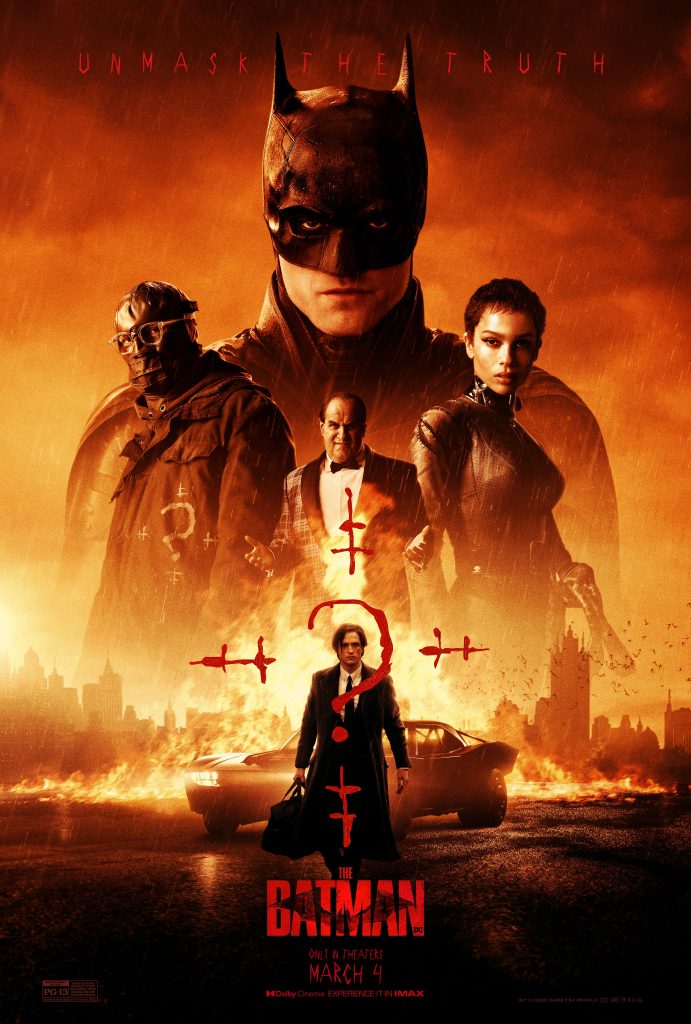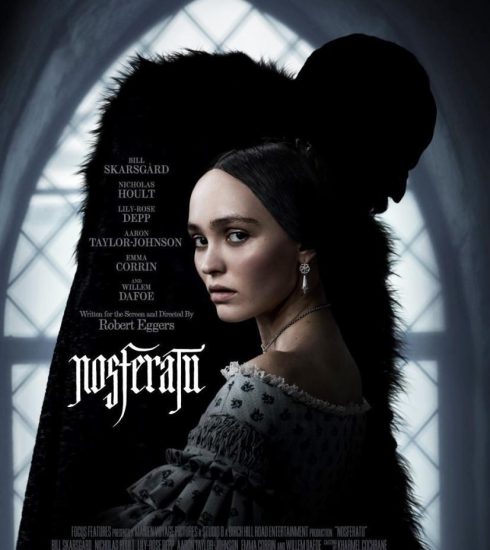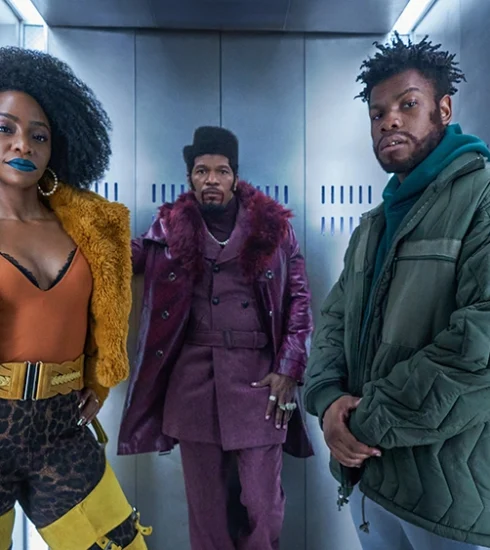Movie Review: The Batman
Matt Reeves’ The Batman is the latest revamp of the classic DC Comics superhero who is best known for his cowl and scowl. Like other incarnations of The Dark Knight, this Batman (Robert Pattinson) is ominous and brooding, bringing fury and vengeance to the villains of Gotham. In this three-hour epic, audiences stand witness to what happens when anger goes unchecked and rage runs rampant in a city where vast swathes of the population are left to fend for themselves.
Unfolding as a Noir-style crime thriller, the story follows Batman as he attempts to capture a demented serial killer with a penchant for puzzles and an agenda that includes exposing corruption in the city government. Though the film will draw inevitable comparisons to David Fincher’s Se7en and Zodiac, the story mostly pulls inspiration from several grim Batman comics, including The Long Halloween, Year One, and Ego.
More Zodiac than Zorro, we’re presented with Batman two years into his self-appointed stint as the saviour of Gotham City. He’s still green behind the ears at this point. He has nifty gadgets and the Batmobile has that new car smell, but he’s still working on his skill set as he walks on wobbly baby Bat legs. The confidence and potential are there, but the precision and skill has a way to go.
Potential is a key element that guides most of Reeves’ films. We have seen early versions of the Caped Crusader before, but rarely have audiences ever seen anything less than a perfectly polished Batman (unless it was due to injury). And that is the gift of The Batman – he’s a messier Batman just on the brink of glory. Pattinson as an inexperienced hero who is still in mourning for his parents gives a surprisingly nuanced performance and a version of Batman most audiences haven’t seen before. Usually, when taking on the role of Bruce Wayne and Batman, there’s an understanding that an actor is actually taking on three distinct roles: the vigilante Batman, the millionaire playboy Bruce Wayne, and finally, the Batcave dweller who is usually only seen by Alfred. But here, Pattinson is none of these things. Bruce has been a recluse since the death of his parents, and as Batman, he is mostly either feared or mocked. He has few allies and almost no friends. Pattinson conveys his vulnerability as he makes (and learns) from his many mistakes. He is not the Batman with which most folks are familiar, nor is he Bruce Wayne. At least, not quite yet.
Supporting Pattinson is Zoe Kravitz as Selina Kyle (a.k.a. Catwoman, though never spoken or named in the movie), Jeffrey Wright as Lt. James Gordon, and Andy Serkis as Alfred. For the most part, Kravitz and Wright do a majority of the heavy lifting, helping Pattinson along the way like a somber Scooby Gang, collecting clues and evidence against the city’s Big Bads. And though he is given a lot of credit for raising the boy, Serkis’s Alfred is given very little to do in terms of story.
Exceptional turns here go to the scoundrels, which is always the case with any decent Batman movie. The franchise is renowned for having the best Rogue’s Gallery of any comic book hero, and The Batman is no exception. Colin Farrell plays Oswald “Oz” Cobblepot (a.k.a The Penguin), a sleazy nightclub owner with mob ties who is practically unrecognizable thanks to unbelievable makeup and characterization. Paul Dano’s Edward Nashton/ The Riddler is phenomenal in his portrait of a madman who masquerades as a martyr as he displays shades of both Heath Ledger’s Joker and Se7en’s John Doe.
But the true supporting character in The Batman is Gotham itself, which is above and beyond any bad neighborhood we’ve seen in the past on film. Reeves creates a city that seems set on destroying its own denizens. Set mostly at night, it always appears cold, damp, and uninviting, a place where no person should live, yet millions seem to have settled. In this film, Gotham is a sinister place and every creature in it is a hellspawn due to its fractured system. From the Riddler who grew up in its under-funded orphanages to Cobblepot, whose mob ties make him more powerful than most government officials, Gotham’s own are a dysfunctional bunch of deviants born from systematic abuse and neglect. So what does that say of Batman, who himself is a son of Gotham?

The distinction between Batman and those he battles is his ability to grow and learn from his pain. Though his need to become the Batman was initially sparked by his quest for vengeance, his ability to understand and embrace his pain and anger and use it to help others is what makes him a hero, a fact that is really hammered home in the final act. During a point in the film’s climax, Batman is outnumbered by a mob who uses his own words to justify their bad acts. They view their actions as a hero’s journey, while in truth, it is an insurrection of unnecessary violence and destruction. It’s a chilling moment given recent events. In The Batman, Pattinson, and Reeves create a superhero spectacle for audiences that goes above and beyond the norm. In lieu of a fatigued origin story, we get an evolution. Though the story goes back to the beginning, it is a start that allows the audience to understand the hero through his journey thanks to his flaws and faults.
This is a whole new direction for the hero, one that most audiences will and should be eager to follow.
9/10
Boluwatife Adesina is a media writer and the helmer of the Downtown Review page. He’s probably in a cinema near you.






